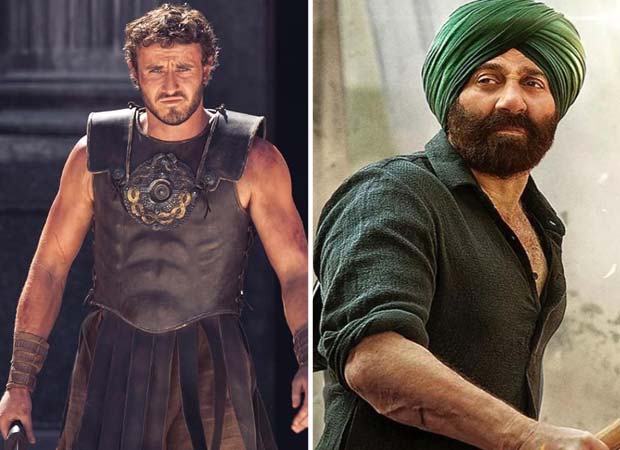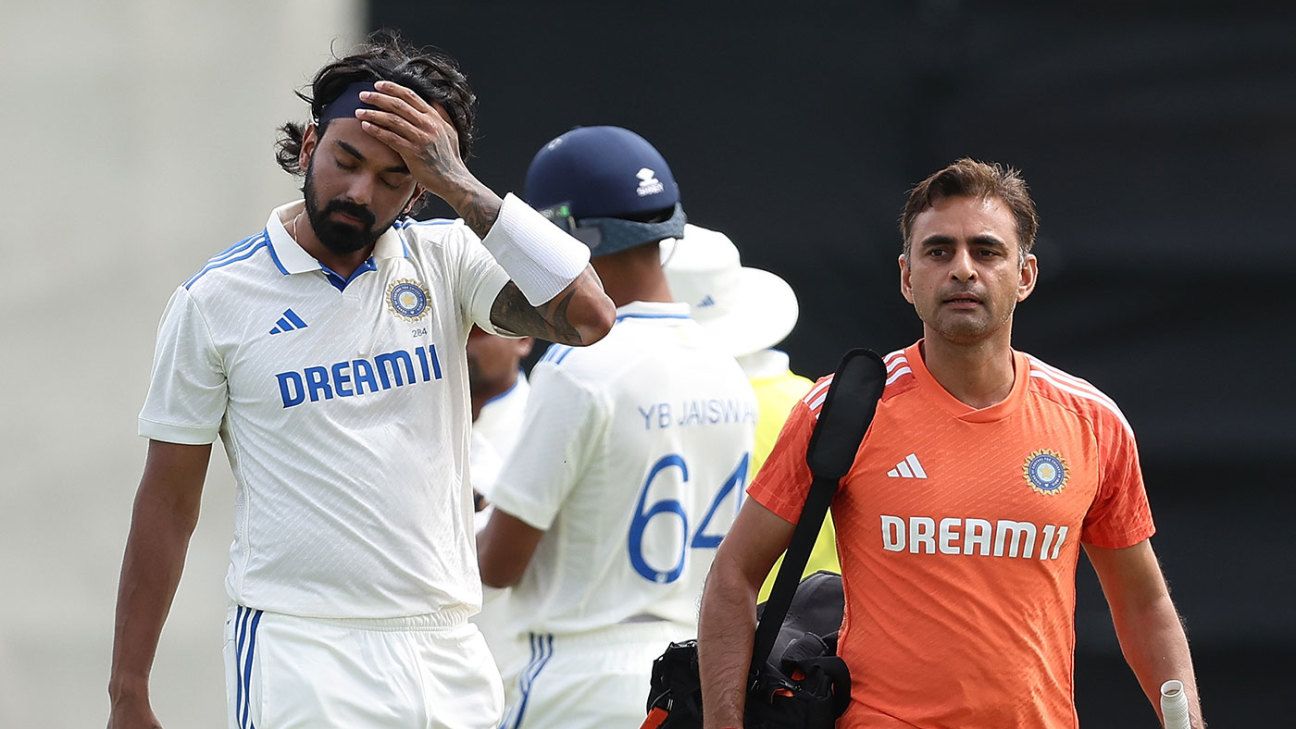As a city steeped in history and known to be the cultural capital of Karnataka, Mysuru has a slew of museums – both under government and private domain – that document tangible and intangible heritage reflecting art and culture of the region.
As custodians of artefacts belonging to a bygone era, these museums are also cultural institutions that help interpret the past to understand the present.
Jagan Mohan Palace in Mysuru houses the Jayachamarajendra Art Gallery which has an impressive collection of artifacts.
| Photo Credit:
SRIRAM MA
Built-in advantage
However, in modern times, museums the world over have also emerged as economic drivers of a city as they help propel tourism. Mysuru has a built-in advantage as it is already a renowned tourist destination and draws over 4 million visitors every year at a conservative estimate.
But the moot question is whether these rich collection of exhibits has been harnessed to its full potential to make a meaningful impact on the visitors and also the local economy.
This is important because for a city of the size of Mysuru with a population of about 13 lakh to 15 lakh, there are not less than a dozen museums and more are in the pipeline.
The Rail Museum in Mysuru has an impressive range of exhibits including steam locomotives.
| Photo Credit:
SRIRAM MA
Over a dozen
Among the well-known museums of Mysuru are Jayachamaraja Art Gallery at Jaganmohan Palace, Mysuru Rail Museum, Regional Museum of Natural Heritage, Indira Gandhi Rashtriya Manav Sangrahalay, historical collections at the Department of Archaeology, Museums and Heritage, residential museum of the Wadiyars at the Mysuru Palace, Folklore Museum at Jayalakshmi Vilas Mansion, Sand Museum, Melody World Wax Museum, Seashell Museum, Chamundeshwari Celebrity Wax Museum, Payana Vintage Car Museum (on the outskirts of Mysuru) and a museum dedicated to late cine star Vishnuvardhan on the Mysuru-Manandavadi Road, to name a few.
A collection of vintage cars at Payana Car Museum near Mysuru.
| Photo Credit:
SRIRAM MA
Two more are in the offing under the government domain. The State government intends to convert the old DC office which is a heritage building, to a museum under Phase 2 of Swadesh Darshan.
The old DC office itself is one of the important heritage buildings of Mysuru and was built in 1885 and is among the most impressive of the structures in terms of architectural design and aesthetics. Arches and Corinthian Pilasters dominate the façade with wide verandahs and the octagonal dome is topped by a finial.
Though multiple proposals were made in the past – to convert the heritage building to a war museum or to feature the contributions of Mysuru Maharajas, Diwans, and display various documents that underline the administrative reforms taken up during the times of maharajas – there was no clarity on the subject.
Photographs of prehistoric sites of Karnataka exhibited in the Department of Archaeology Museums and Heritage in Mysuru.
| Photo Credit:
SRIRAM MA
Heritage of Kannada
The latest idea stemmed from Chief Minister Siddaramaiah who in his Karnataka Rajyothsava speech in Bengaluru, on November 1, 2024, announced that the old DC office in Mysuru would be converted to a Kannada Museum showcasing the growth and rich heritage of the language. The scope of the subject being vast, the concept holds exiting possibilities when implemented.
A sculpture of goddess Saraswathi dated to 13th century CE and belonging to the Hoysala period, displayed at the Department of Archaeology Museums and Heritage in Mysuru.
| Photo Credit:
SRIRAM MA
The Department of Archaeology Museums and Heritage also has proposed for a new state-of-the-art and interactive museum in Mysuru.
The place has already been identified and it is a 2-acre plot belonging to the department and close to Chamundi Vihar Stadium. The cost for the DPR, concept development and design has been pegged at Rs.10 crore and has received budgetary approval from the State Government.
While almost all museums are static displays with ‘’do not touch’’ signs prominently displayed to caution the visitors, the proposed new museum will be so designed to encourage visitor interaction and provide them an immersive experience about the exhibits including artefacts that will be on display. The authorities also plan to tie up with private players to harness Virtual Reality and Augmented Reality technologies and to have 3D maps of the historical sites.
The State Archaeology Department has 16 museums in different parts of Karnataka but this displays only a fraction of its rich collection of antiquities spanning many centuries. Hence plans are afoot to showcase coins, arms, sculptures, medallions awarded to soldiers, rare paintings and other antiquities in a thematic manner in the proposed museum.
Exhibits on display at the Regional Museum of Natural History in Mysuru.
| Photo Credit:
SRIRAM MA
On electoral participation
Way back in 2021, the Election Commission of India had held a stakeholders’ meeting in Mysuru to establish a museum on Systematic Voters Education and Electoral Participation (SVEEP) apart from a capacity building centre. The proposal for Mysuru was mooted to tap the steady flow of tourists to the city as also its heritage of participatory governance and local representation even before the country had gained independence from the British.
The objective, it was stated then, was to promote stronger democratic values and ethical practices and the role of citizens in this endeavour by creating public or voter awareness. However, nothing has been heard of it since and the concept is still a work in progress.
Among the existing ones, the Jayachamarajendra Art Gallery is the most popular given the slew of collections that include Raja Ravi Varma paintings depicting scenes from Hindu epics and mythology,, the portraits of the erstwhile rulers of Mysuru, traditional Mysuru style paintings, Lady with the Lamp by Haldenkar, the durbar hall scenes, giant clocks of vintage era, musical instruments, coins, sculptures, weapons etc.
The Maharanis Saloon on display at the Rail Museum in Mysuru.
| Photo Credit:
SRIRAM MA
Development of railways
The Rail Museum which was established in 1979 and was the second in the country at that period after the national rail museum in Delhi, is gaining in popularity in recent years.
It has a rich collection of rail artefacts and yesteryear locomotives, bogies, mechanical contraptions of a bygone era used by the railways, documents showcasing the growth and development of railways in Mysuru region, documentation of evolution of different types of signals etc.
The museum underwent a major renovation and restoration in 2020 at a cost of nearly ₹9 crore, after which the visitor numbers have increased by leaps and bounds. The Sri Ranga Pavilion exhibits the royal coach that was used by the Maharanis. The saloon was built in 1914 and is among the more popular attractions while its counterpart – the Maharaja’s saloon – is on display at the National Rail Museum in Delhi.
Though efforts were made to bring it back to Mysuru, it was rejected on the grounds that transporting it was fraught with risk of damage. Besides, it was also one of the main attractions at National Rail Museum.
But there are other vintage items including the metre gauge YP Class 2511 steam locomotive which was used till 1993. Austin rail motor car, narrow gauge coaches, rail bus, traveling cash chest, card ticket printing machine, weighing scales and a slew of other exhibits with detailed description that educate the visitors on the evolution and growth of railways in general.
A view of the Jayachamarajendra Art Gallery at Jaganmohan Palace.
| Photo Credit:
SRIRAM MA
Folk museum
The Jayalakshmi Vilas Mansion, which is a heritage building in the Mansagangotri campus of the University of Mysore, houses the folklore museum with a rich collection of over 14000 folk-related artifacts from across Karnataka. The mansion itself is worth a tour as it has about 125 rooms with 280 carved doors but it is now out of bounds for visitors as a major conservation and restoration exercise is underway at a cost of nearly ₹30 crore.
The Indira Gandhi Rashtriya Manav Sangrahayal or IGRMS on the Irwin Road is the southern regional centre of the National Museum of Mankind at Bhopal, and was established in the year 2000. Apart from terracotta collections, the IGRMS is unique as it introduces different folk art forms to the public, conducts art workshop and hands-on training on different crafts to revive them from the brink.
Economic potential
Apart from playing a role in education and dissemination of knowledge, these museums are not only custodians of history and cultural treasures, but preserve for future generations the rich tapestry of art and traditions not only of Mysuru but other places as well.
But in addition, these museums also have a potential to emerge as economic drivers of the city going beyond ticket sales; by boosting tourism, creating employment and bolstering the fortunes of artisans by creating demand for the handicrafts. Whether the innate potential of these institutions will be leveraged for larger economic benefit, remains to be seen.
Published – November 15, 2024 09:00 am IST





